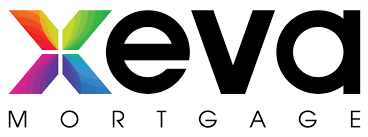Buying an Investment Property for Your Kids’ Post-Secondary Years

Sending your children off to university or college is an exciting milestone, but it can also come with serious financial decisions, especially when it comes to housing. While renting a unit near campus may seem like the easiest route, many parents understand the long-term value of purchasing an investment property instead.
Here’s why buying may be a smarter choice than renting:
1. Build equity instead of paying rent. When you rent, those monthly payments are gone for good. But with a mortgage, every payment helps build equity in an appreciating asset. Rental costs are also high across the country. If your child is attending a four-year program, that’s potentially 48 rent payments you could be putting toward your own
investment instead.
2. Offset costs with rental income. In many university towns, rental demand is high. If your child doesn’t need the whole unit, you can rent out extra bedrooms or even a basement suite to other students. This rental income can help offset your mortgage payments, condo fees and utilities – sometimes even covering the costs entirely. Plus, your kid will be living there to oversee all tenants, offering an added layer of protection.
3. Tax advantages. Unlike your primary residence, a rental property may come with tax-deductible expenses such as mortgage interest, property taxes, maintenance and insurance. Depending on your situation, you may also be able to claim depreciation or capital cost allowance. (It’s best to speak with a tax professional to understand your
eligibility.)
4. Investment opportunity. With rising real estate prices, this could be an opportunity to secure property in a city your child may want to live post graduation. It gives them a potential future home – and offers you a long-term investment in a high-demand rental market.
5. Greater control and security. Owning the property means you don’t have to worry about last-minute lease changes, strict landlord rules or rising rents. It also gives your child a stable, secure environment for their studies.
If you're considering this strategy, I’d be happy to weigh your options and determine if this fits within your financial goals. I can help you explore financing options, evaluate cashflow potential and ensure you're set up for success – both now and after graduation.
Let’s talk about whether this could be the right move for your family:
604-788-8693 | tanya@tanyatoye.ca





